The Spectroscopic Method
Even before the Kepler Mission, finding extrasolar planets was really tough.
Why do you think finding exoplanets is so hard?
[Extrasolar planets are extremely dim, very close to their stars, and so far away that the star’s glare ruins our chances of seeing the planets.]
For decades, astronomers had suspected there were extrasolar planets out there, but there was never any proof until 1992.
Play music.
The first exoplanet around a Sun-like star was discovered around a star called 51 Pegasi in the constellation of Pegasus. Here is Pegasus (digital effect “Extrasolar Planets”) and here is 51 Peg.
DIGITAL EFFECT: Extrasolar Planets
Turn on Pegasus art. Used to illustrate where the first exoplanet around a main sequence star was discovered.
DIGITAL EFFECT:
Locate 51 Pegasus
Zoom 51 Pegasus
VISUAL 2 (still): 51 Pegasi, the first extrasolar planet discovered
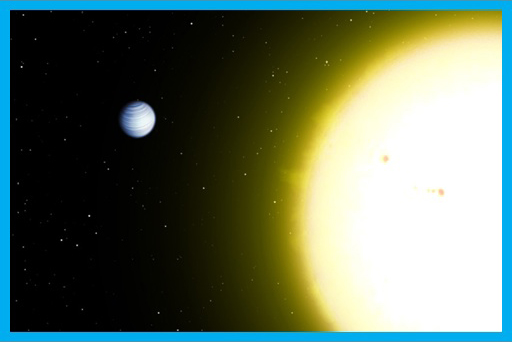
Here we see an artist conception of the planet. It’s an artist’s concept because it’s impossible for us to actually see the planet, even with out most powerful telescopes.
To find such planets, we must resort to clever and ingenious methods. Most exoplanets, so far, have been detected by the Spectroscopic Method.
Fade music.
VISUAL 3 (still): Geoff Marcy [Fade off image of Geoff Marcy.]
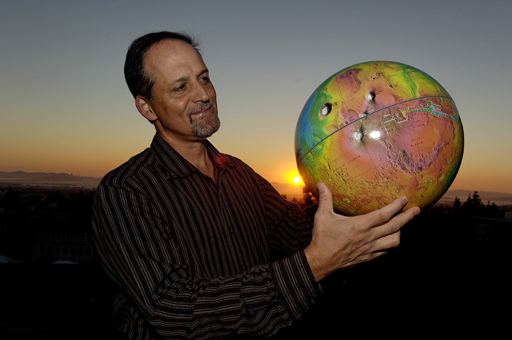
This is an early planet-finder—UC Berkeley astronomer, Geoff Marcy. He and his team pioneered a planet-finding technique called the spectroscopic method. Here is how it works.
Switch on the flashlight & diffraction grating and beam a rainbow on the audience. Turn a circle and sweep the rainbow over everybody and across the dome.
OR, ALTERNATIVELY…Play music and show…. VISUAL (alternative movie): Rainbow Movie Alternative to live demo of flashlight with diffraction grating. Leave sound off and narrate yourself what’s happening.
There is something called a diffraction grating on this flashlight. It works kind of like a prism.
What happens when light passes through a prism?
[Take any answers.]
The rainbow you see is called a spectrum.
You can see all the colors from the flashlight separately—each one all stretched out.
Fade music.
VISUAL 4 (still): Spectroscopy 1
[A star, a diffraction grating, and an absorption spectrum of the star with lines]
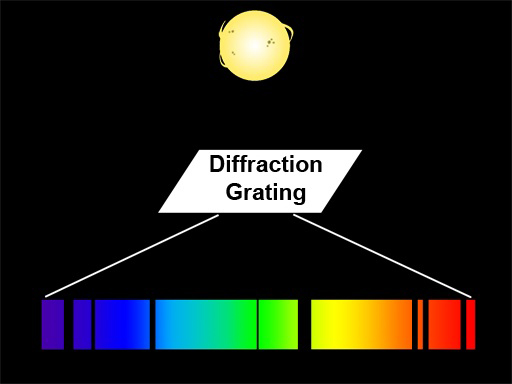
When we look at a star with a telescope that has a diffraction grating, the starlight stretches out into a rainbow spectrum. You can see dark lines in the rainbow spectrum where the star is actually missing those colors because different chemicals, like hydrogen and helium and sodium, swallow up those colors. Now here’s the key to planet-finding using the spectrum….
Portable Star-Planet Model demo
For this demo, the planetarium should be very dark and you need to be positioned in the planetarium in such a way that the audience can see the “star” light when you turn it on.
Turn on the “star” on the Portable Star-Planet Model and walk around without spinning the star. The star should move very smoothly. Add music.
Here we have a star with no planet orbiting it.
Does it seem to you to be moving steadily? [Yes.]
Now let’s add a planet orbiting the star.
Start spinning the planet around the star.
The star should appear to wobble.
What’s unusual about how is “star” is moving now?
[It appears to wobble.]
What do you think is causing the star to wobble?
[The planet’s gravity is tugging on its star.]
The planet’s gravity makes the star move back and forth as the planet orbits, but since planets are so much smaller than stars, the wobble is a teeny-tiny wobble.
[Play music.]
VISUAL (alternative movie): Wobbling star Movie can be played as alternative to showing the wobbling star model live. Leave sound off. [Play music.]
VISUAL 5 (movie): Spectroscopy 2

The star is wobbling and the absorption lines wobble with it. If the star is wobbling toward us and away from us, it affects the rainbow/spectrum of the starlight. When the star moves toward us, all the dark (absorption) lines in the spectrum shift slightly over toward the blue side of the rainbow spectrum. That’s called a blue shift. When the star is moving away from us, all the dark lines shift the other way, toward the red side.
Guess what that’s called?
[Red shift.]
Optional
Have half the audience clap when the animation shows blue shift and the other half of the audience clap when the animation shows red shift.
The cause of red shift and blue shift is a lot like what happens when a sound, such as a train or race car, slides down in pitch as it goes by you.
[Play audio sample of a Doppler shift.]
When studying these wobbles, we look for two features—the size of the wobble, and the speed of the wobble.
What might cause a really big wobble?
[A big massive planet, …or planet very close to the star.]
What might cause a really small wobble?
[A small planet, …or planet far from the star.]
It’s the gravity of the planet that makes the star wobble and the force of gravity is stronger if the planet is more massive or closer to the star.
How about the speed of the wobble?
What might cause a really slow wobble?
[A slow wobble means the planet is orbiting slowly.]
The further the planet is from its star, the slower the wobble.
What might cause a fast wobble?
[A fast wobble means the planet orbits quickly around its star, and is closer to its star.]
If an alien astronomer were watching the spectrum of our Sun, which planet do you think would create the biggest wobble?
[The biggest planet, Jupiter. If necessary, prompt by asking what the biggest planet is.]
Mercury is the closest planet, but not very big at all.
Jupiter’s gravity affects the Sun a lot more than Jupiter’s even though it’s much farther away.
VISUAL 6 (still): Jupiter (has big wobble)
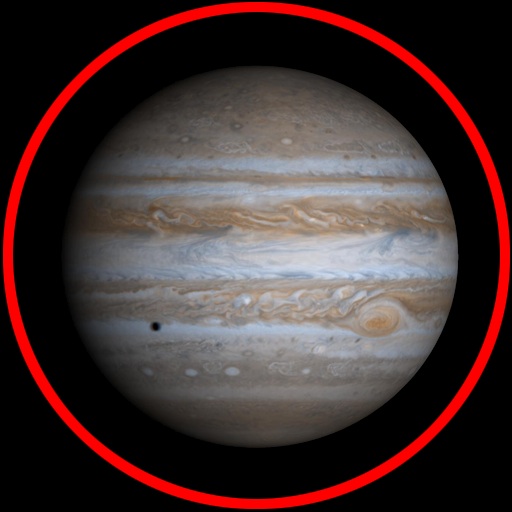
Which planet would make the fastest wobble?
[Mercury. If necessary, prompt by asking what the closest planet to the Sun is.]
VISUAL 7 (still): Mercury (has fast wobble)
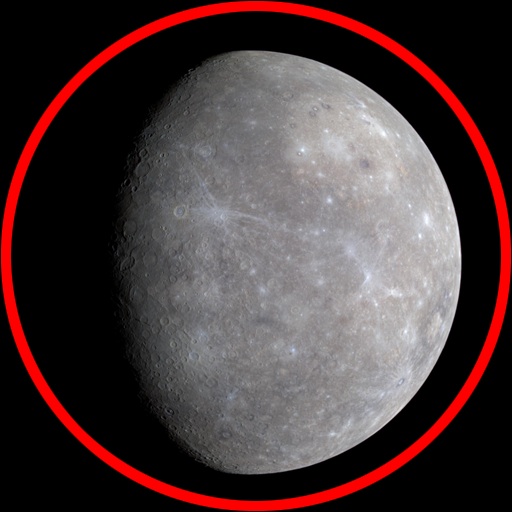
Actually, Mercury would make a fast wobble, but also a very small wobble since it’s not very massive. The amount of wobble would be tiny. Most of the extrasolar planets we know of have been found by studying these spectrum wobbles, and they have been quite large—many bigger than Jupiter. Not only that, most of the planet discoveries have been ones that orbit close to their stars. That’s because large wobbles and fast wobbles are much easier to find than small, slow wobbles.
If a planet is orbiting close to its star, what would that do to the planet’s temperature?
[It would be hot.]
Those large planets with close in orbits we often call “hot Jupiters.”
VISUAL 8 (movie or still): Artist’s rendition of a hot Jupiter
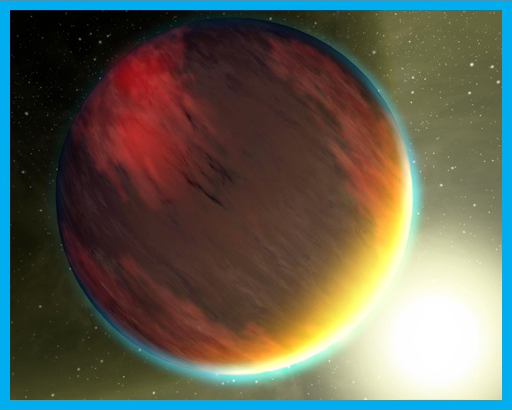
This is a picture of what a hot-Jupiter extrasolar planet might look like. Of course, we’ve never seen one directly. It might look like Jupiter, but being so hot, it could be a strange planet indeed. In fact, people thought Jupiter-size planets so close to at star would be impossible in light of theories of solar system formation at the time. Theories were shattered.
[Fade off visuals.]

